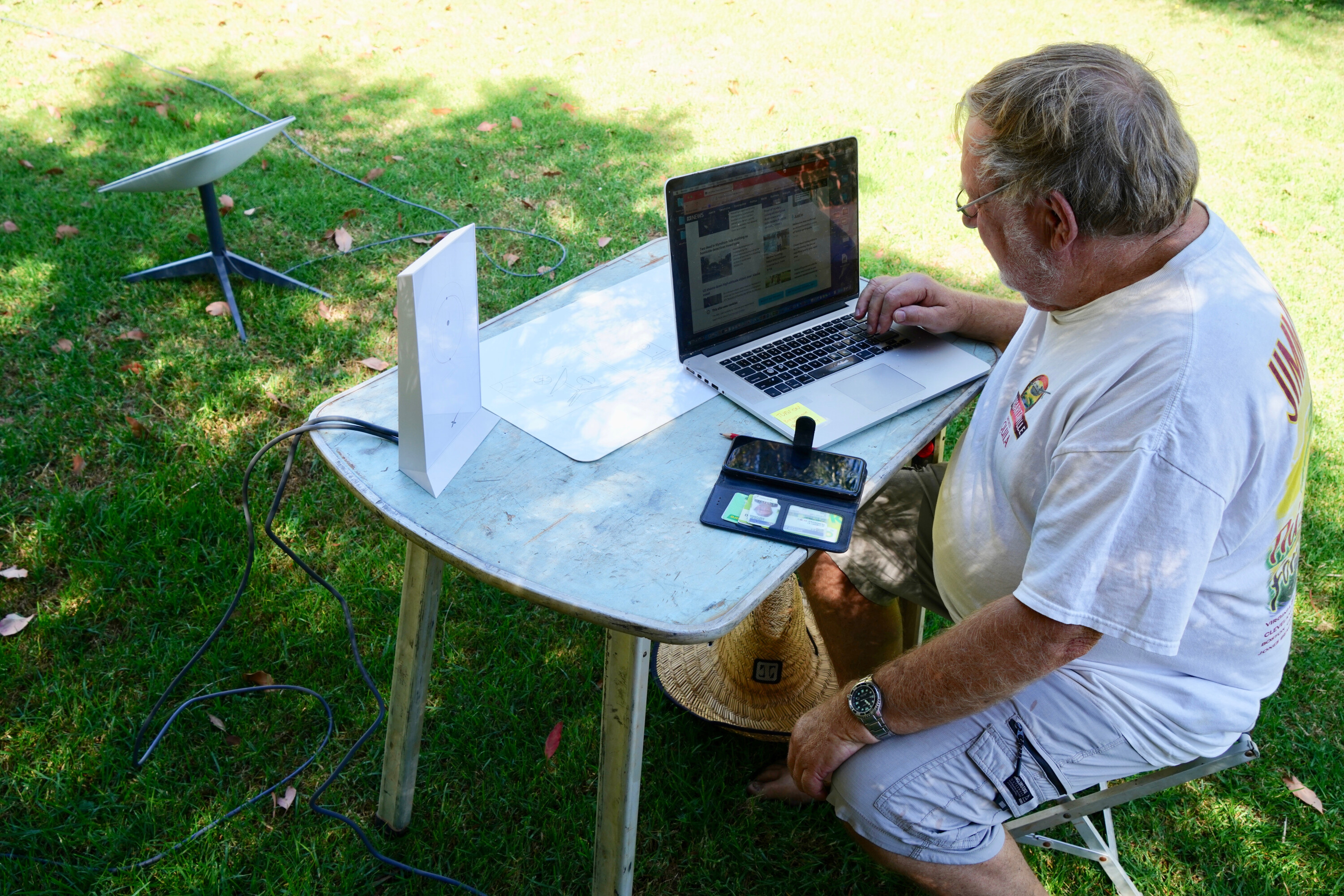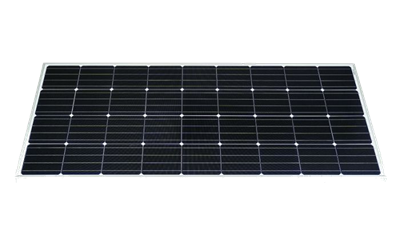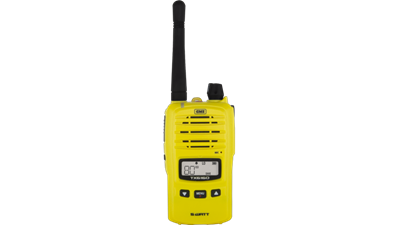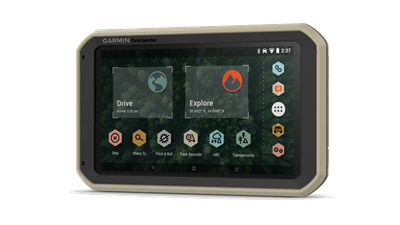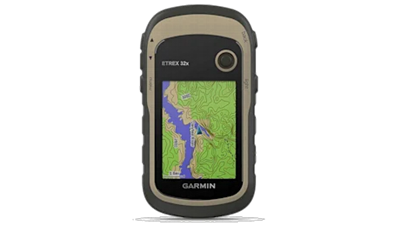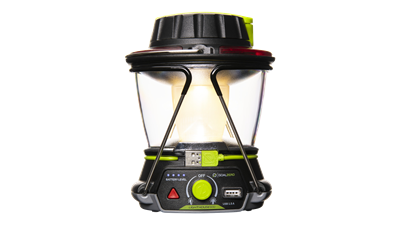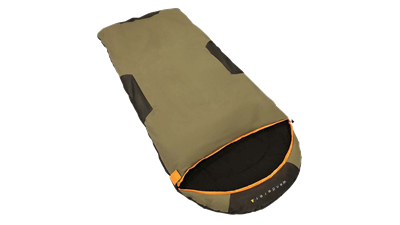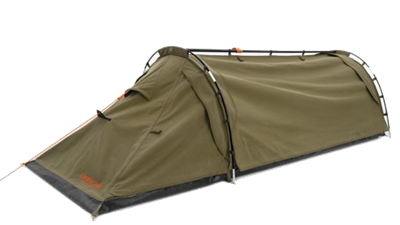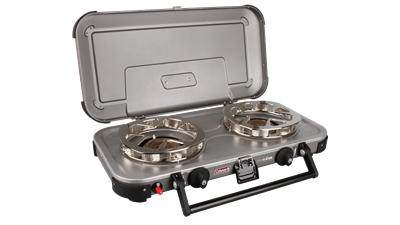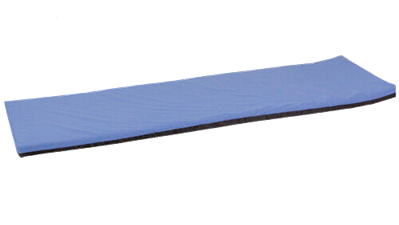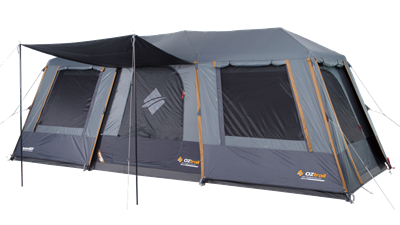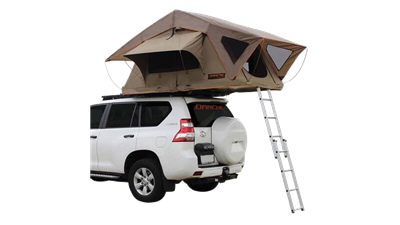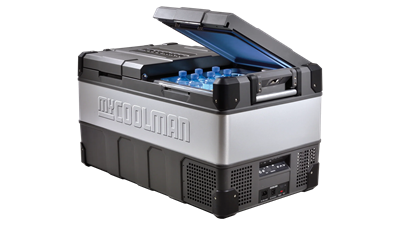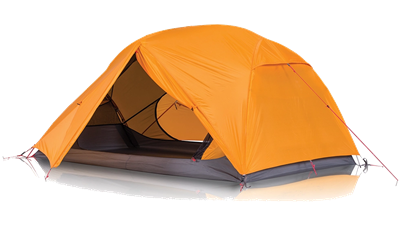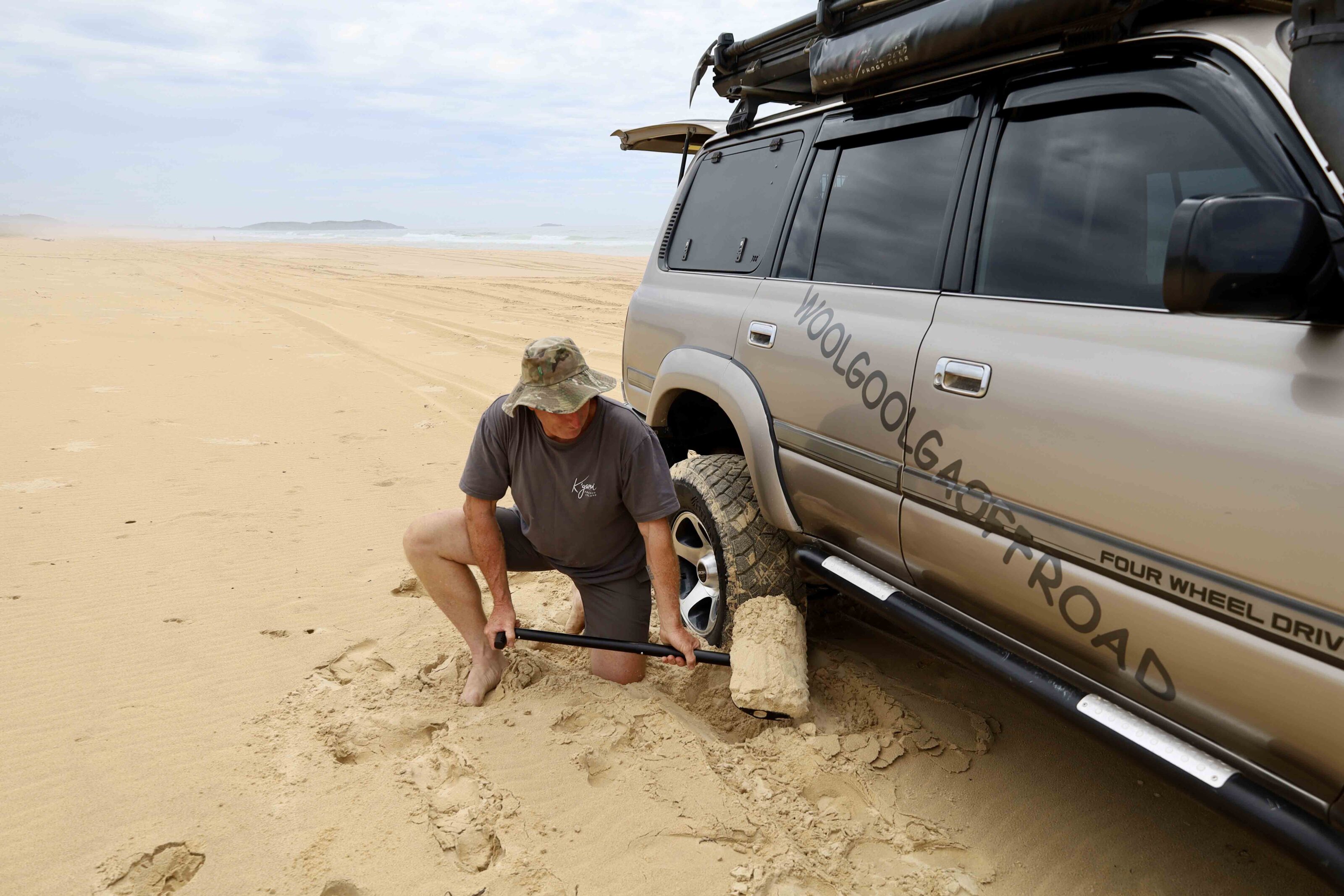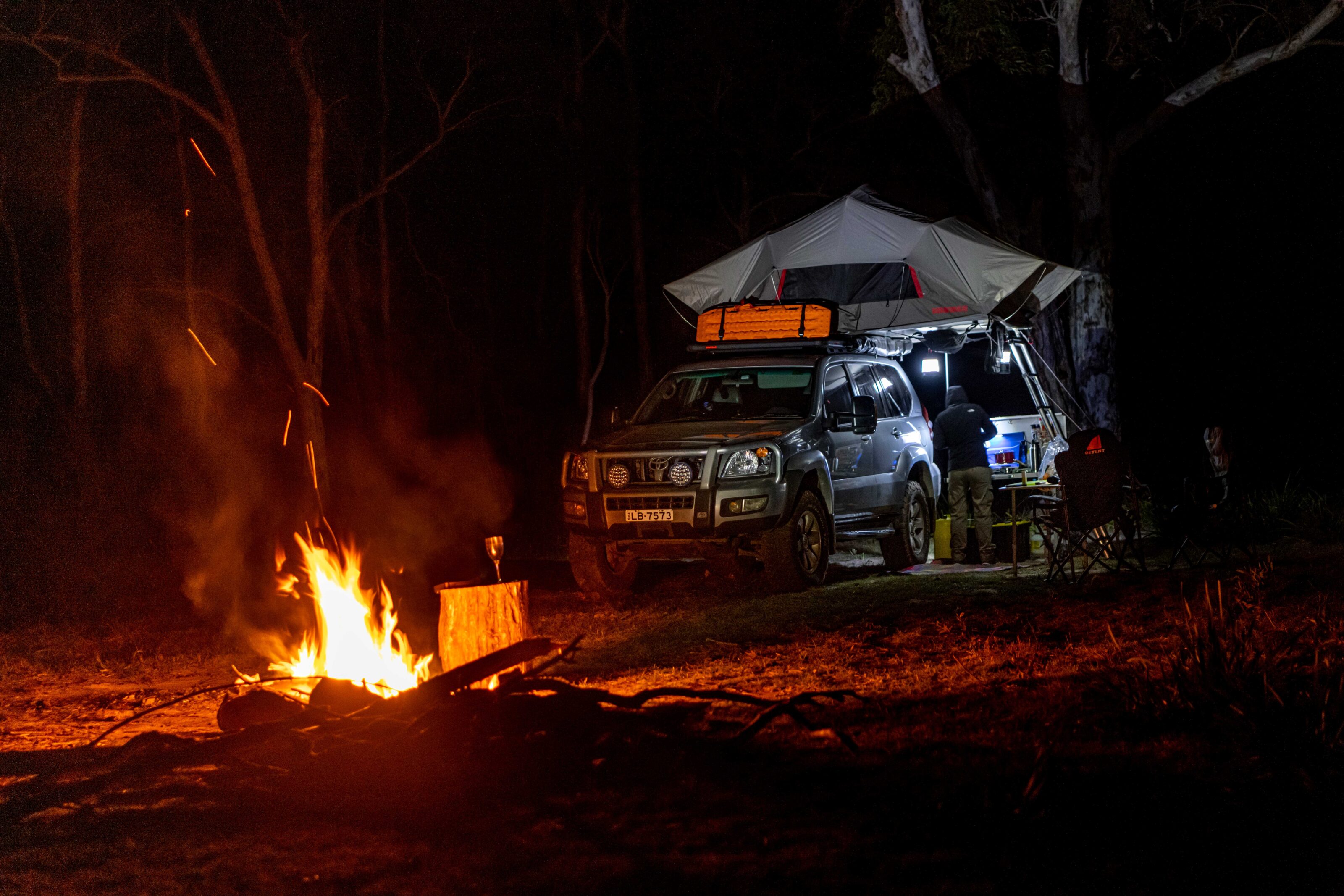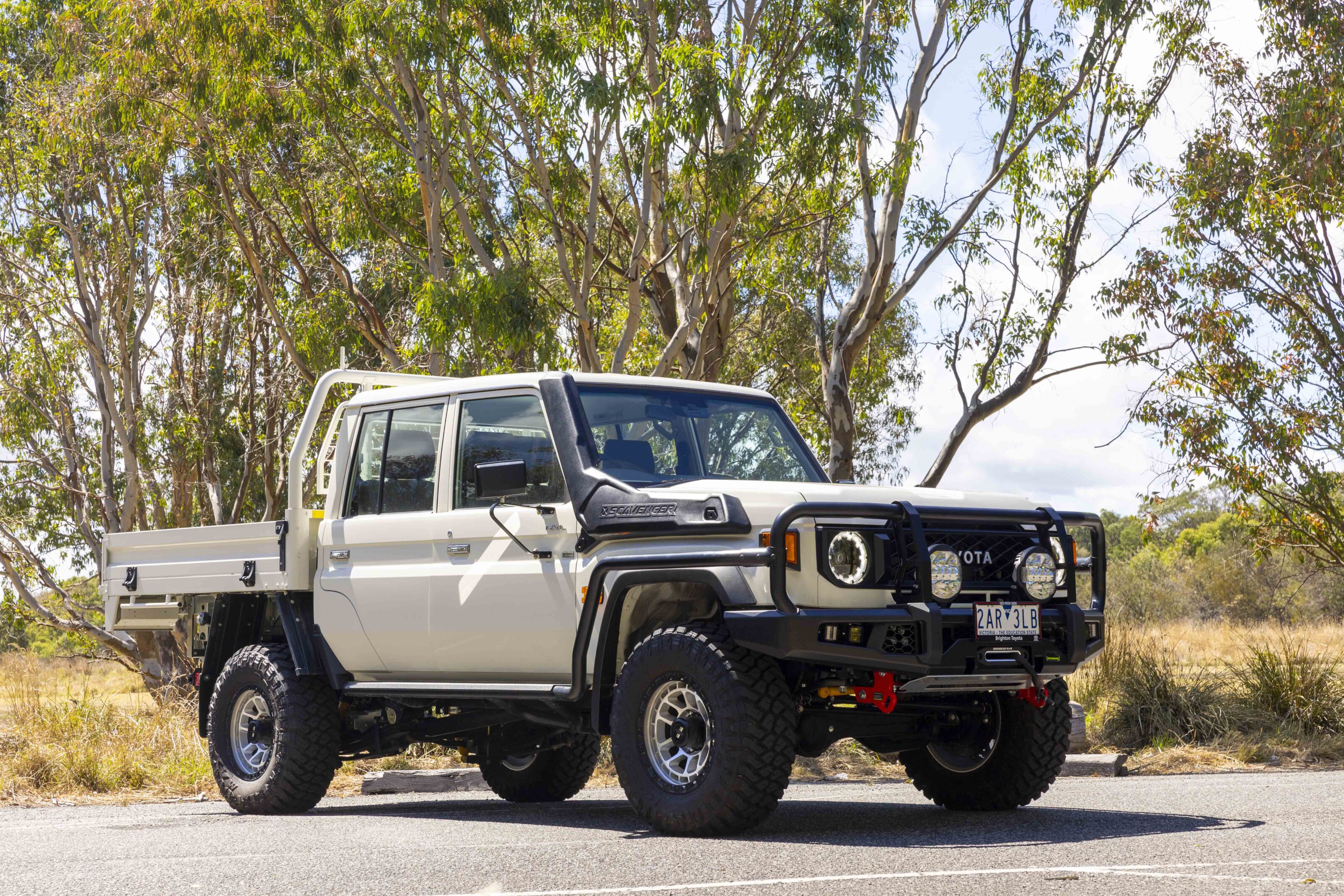There’s been a lot of static and chatter on all forms of media over recent months about Starlink, Elon Musk’s answer to slow web speeds and communication for the masses.
The figures, for anyone interested in space, satellites and communication, are staggering. As of February 2023 the Starlink constellation of low-orbit satellites consisted of nearly 4000 space capsules providing web services and communications to 48 countries, while SpaceX, the parent mob launching the satellites, now has more than a million subscribers.
When the system is fully operational there will be around 12,000 satellites buzzing around above earth with a possible later increase to 42,000!

For us mere mortals on planet earth looking for an even better way of communicating, accessing emails, watching video news, attending Zoom meetings and making Google enquiries, plus lots more, from anywhere in Australia… and I mean anywhere … then all the hype around Starlink is a good thing.
First launched in 2018 and available in a limited way in 2019, it was only a few months back that our whole continent got full coverage from Starlink and, just before Christmas, the price of the hardware was slashed to just $450.
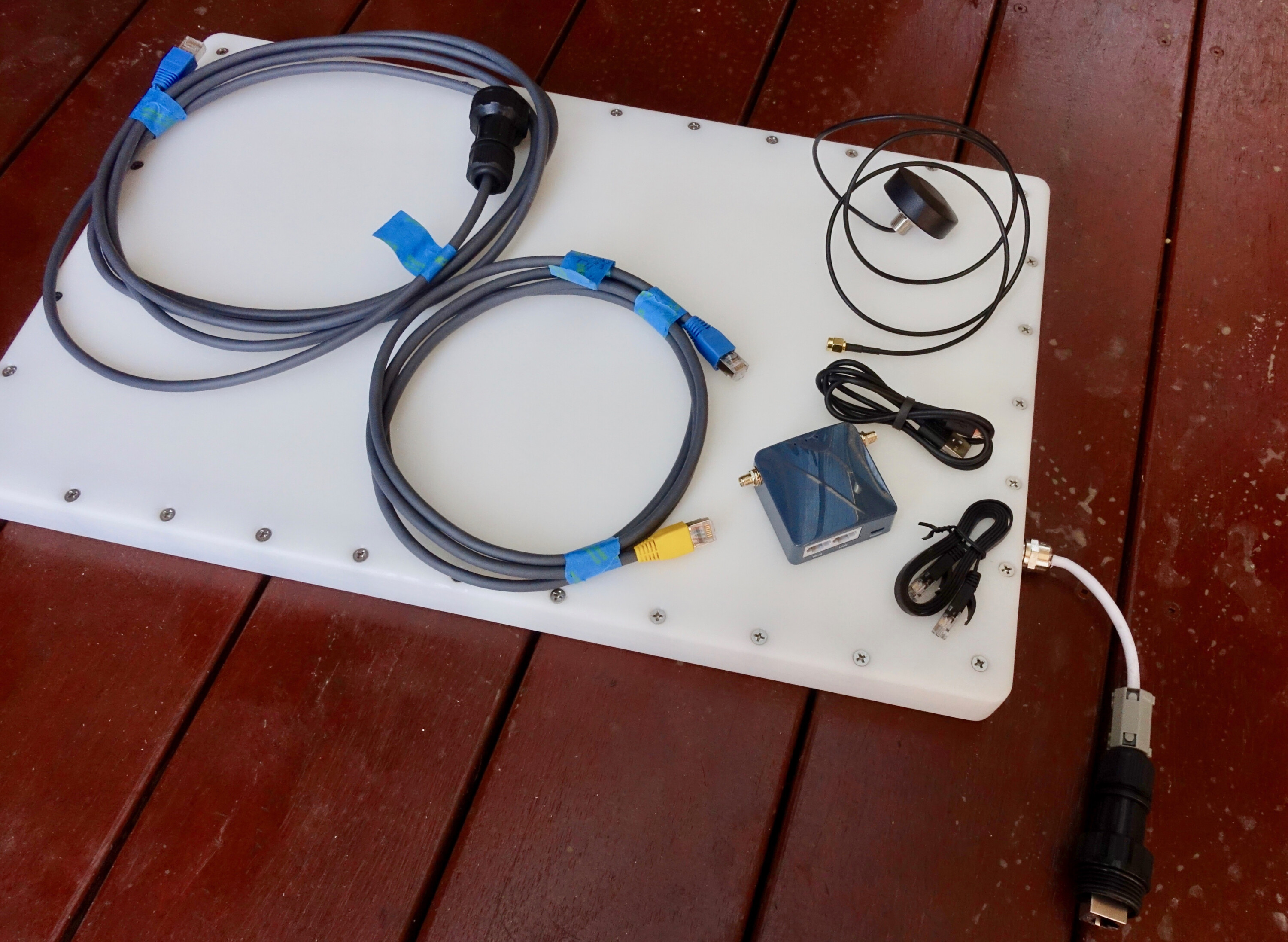
My son’s company, Moon Tours, bought two systems, while ARB Broken Hill has three vehicles set up with Starlink; other small operators are following suit, with a heap of private individuals opting for the system in lieu of satphones and the like.
Almost as incredible as the figures and stats of the Starlink system are, is the social-media responses I’ve been receiving from people who have the system, which are almost completely positive.
What has our experience been like?
The set-up is surprisingly simple. The system, which arrives in a box promptly after ordering, consists of the antenna and a modem, with a long cable to attach them, and a power cable.
Once unpacked, position the antenna with a clear view of the sky and locate the modem close to where you want to work and wirelessly connect your phone, computer or iPad. When you first switch on the power, the antenna does a bit of a dance as it looks to find the best satellites to get its feed from.
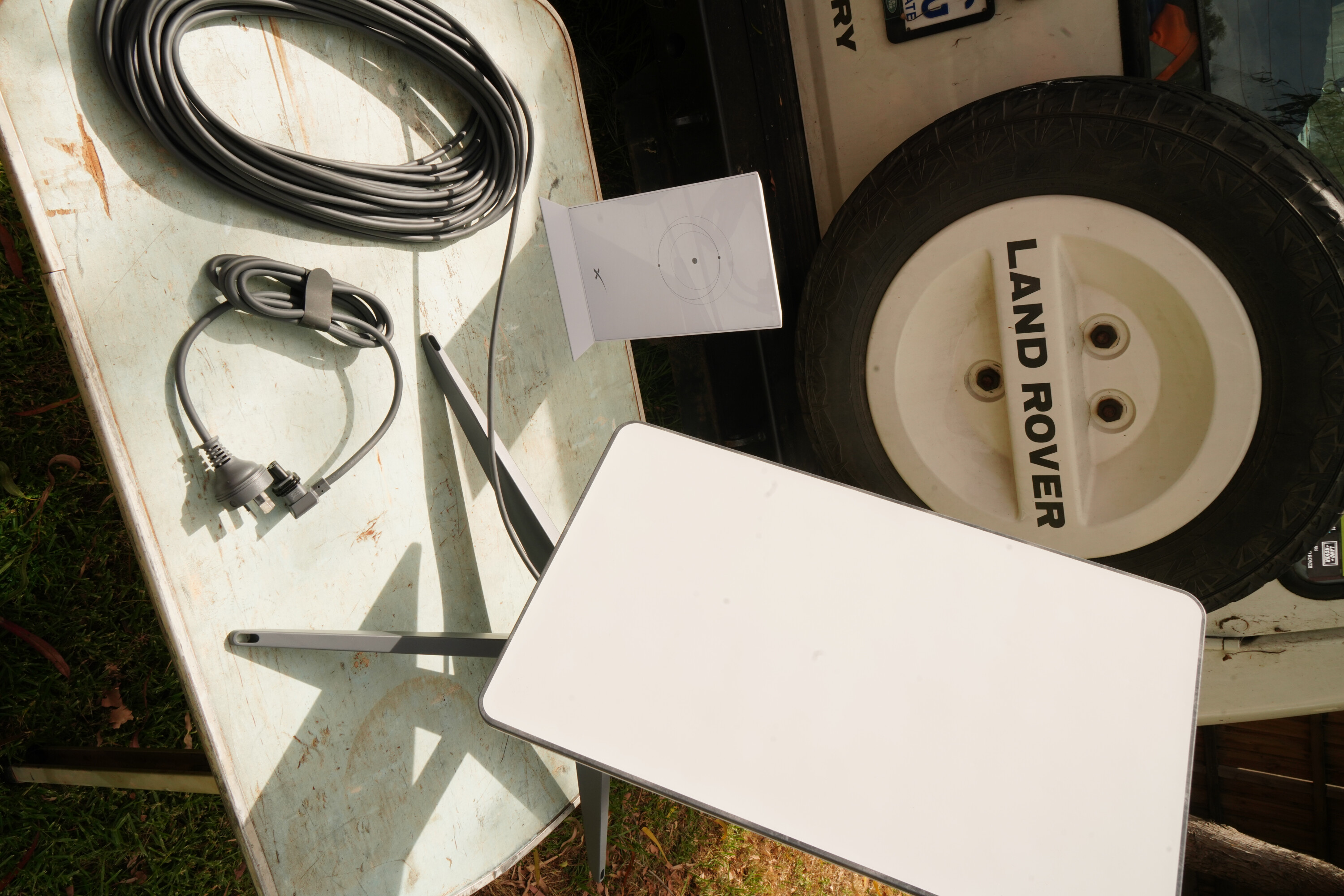
On your device, once you’ve received a signal from Starlink, punch in your username and password and then connect. It’s as easy as that. Believe me, I normally leave such procedures to someone who’s a bit more tech savvy than I, but even I managed to connect it… without even swearing at the bloody thing.
I’ve run download and upload speed checks and have had varying results over the course of a few days, from 50Mbps to 161Mbps down and between 12Mbps to 14Mbps up. Some people I know have been getting up to 280Mbps down and 16.4Mbps up. To put those speeds into context, our NBN speed here in semi-rural Victoria on the Mornington Peninsula has been running, on a good day, at around 40Mbps down, and less up.
Currently, there is no limit to the amount of downloads or uploads you can have per month, while the number of devices you can connect to the unit is in excess of 20. Of course, there is an app for your phone to control and monitor reception.
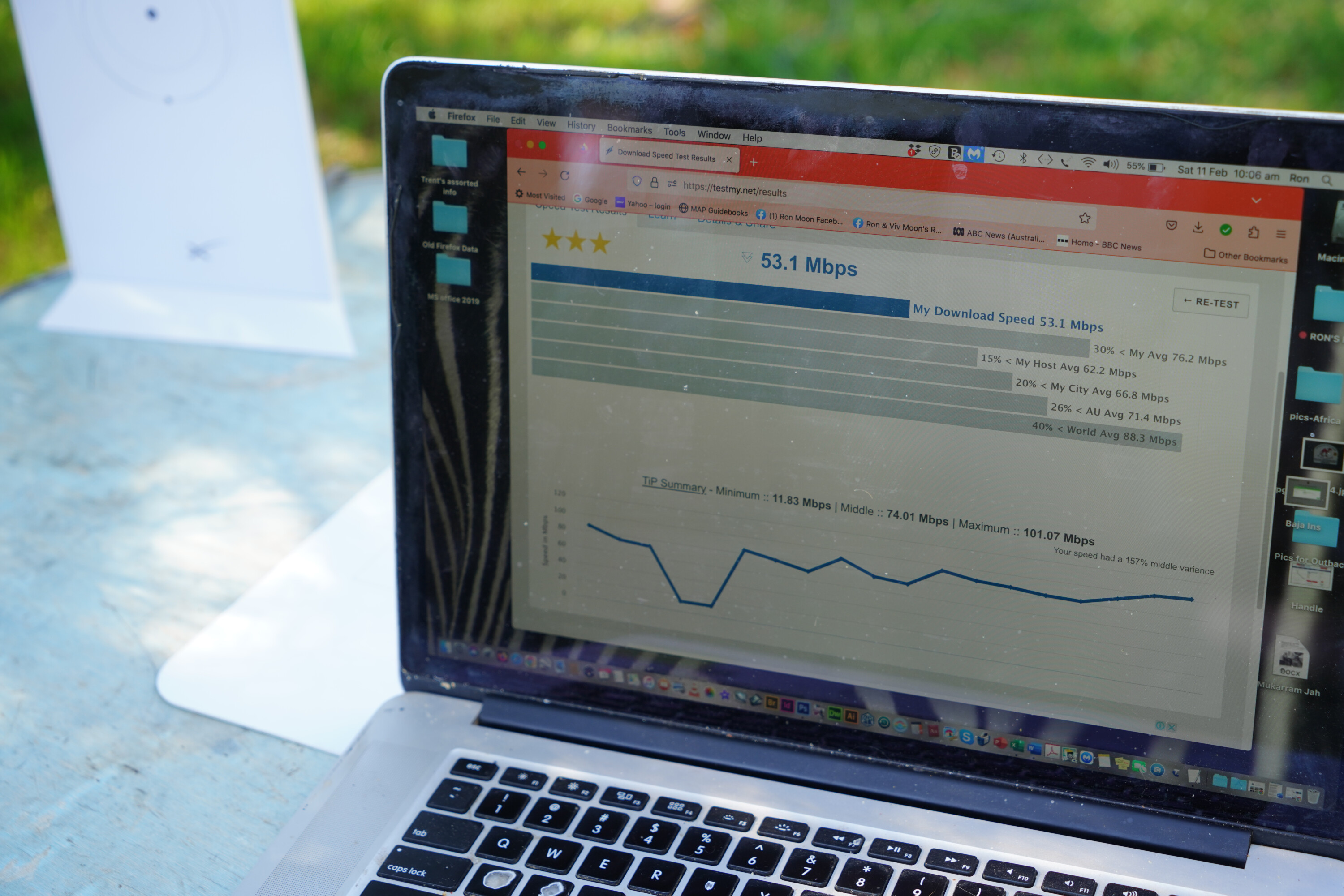
The question I gotta ask though, is the satphone dead? It seems from my Facebook feed that a lot of people are dumping their satphones and swapping over to Starlink.
To access all this tech and high-speed data there is a monthly fee, with the basic Starlink connection starting at $139/month for Residential, or $174 for the RV package.
With the Residential version you always pay the access fee of $139 per month, while with the RV option you can ‘pause’ the system which means you don’t pay anything until you reactivate it again; there is no connection or disconnection fee.
To a Residential package you can add ‘portability’ if you ever want to travel, when the months selected will be charged at the RV rate. Take note, that these charges are by the month and there are no discounts for parts of a month, and prices listed are current as at February 2023.

With such a high profile, impressive feedback and incredible uptake of Starlink, it’s little wonder that there are companies out there making a range of accessories for the Starlink system, as they provide support and backup for mining exploration companies, remote vehicle recovery operators and tour guides.
Outback Comms, based in Mackay, Queensland, has a wide range of products to enhance the Starlink system, and the company has just supplied us with a Rugged Flat Mount kit.
This modifies the standard antenna, doing away with the stand and much of the motor assembly, making it a much smaller package. Power comes from an inverter already in our 79 Cruiser, and we will mount the antenna on the roof rack, which will in turn connect to the standard Starlink modem to give coverage inside the vehicle.
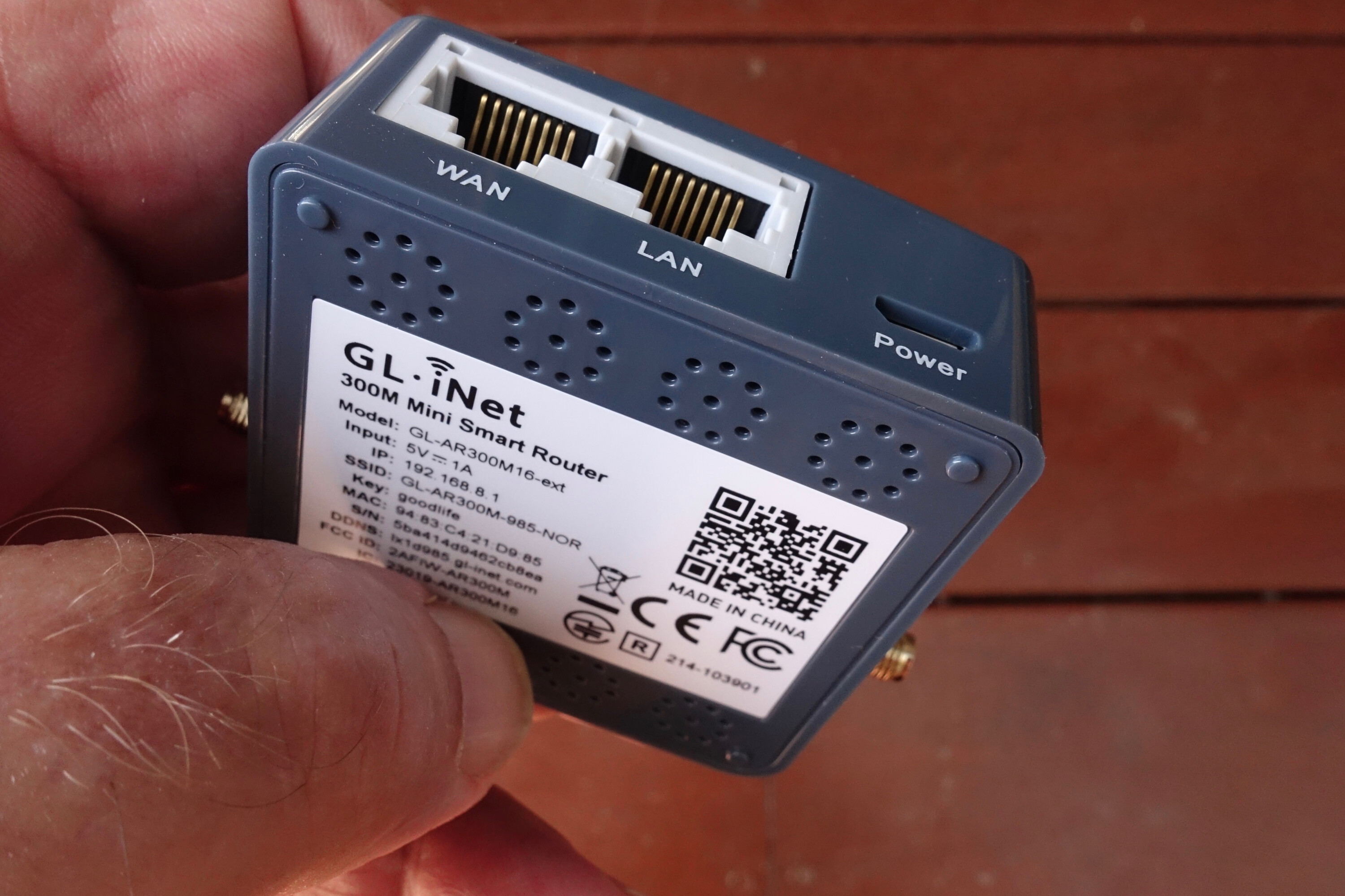
To improve exterior reception, up to 50m from the vehicle, we have also opted to fit an additional wireless mini-router with assorted cables plus an external relay antenna. All this allows connection to the web, emails and phone calls while on the move, anywhere in Oz. ARB Broken Hill already has three such setups in their vehicles and has found them to be fantastic.
In the USA, a new RV version has been launched but it’s way more expensive in both hardware and monthly fees; we’re not sure when this system will arrive in Australia and I guess what it will cost will be up to Elon.
Still, love him or hate him, Elon’s satellite-based comms system is pretty darn good.
Pricing
- Hardware: $450
- Monthly fee: from $139
- Rugged Flat Mount: $525
- Modem and retransmit antenna kit: $290

